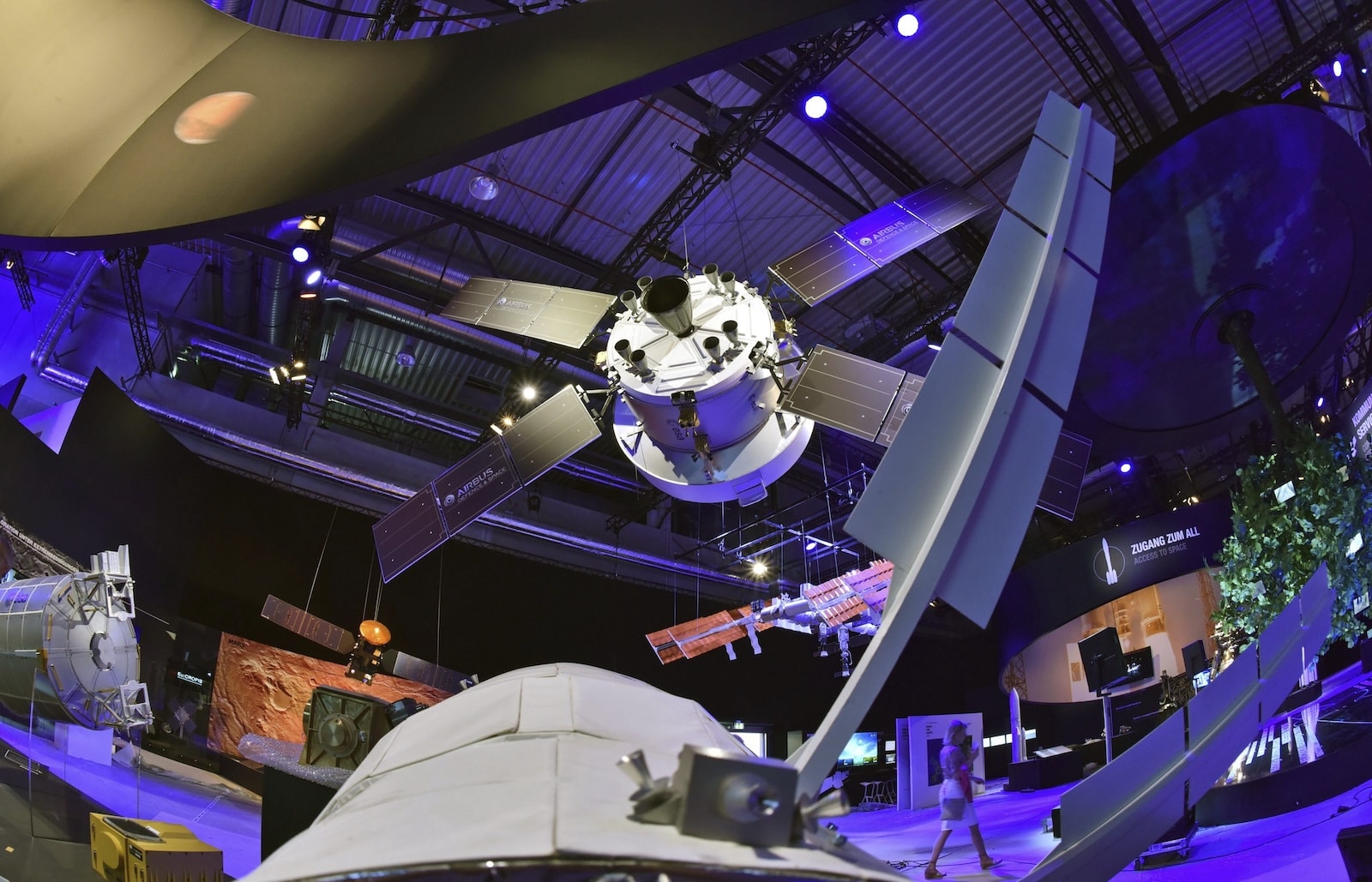Thursday, July 24, 2025
Artificial intelligence came into our lives all of a sudden. As with all major technological advances, there is a great deal of information available in the media, but for now there are more questions than answers. Nonetheless, in the case of energy consumption, artificial intelligence already offers clear and concrete advances throughout the entire process, from production to consumption in our homes.
What is machine learning? An introduction for the energy sector
Machine learning is a branch of artificial intelligence that gives computer systems the ability to learn from experience, without being explicitly programmed for a certain task. It's as if the system could learn all by itself using the information and experience it gains over time. These algorithms analyze large amounts of data, identify patterns, and make decisions or predictions.
Applied to the energy sector, this means that machines can process complex information regarding consumption, production, or the state of the infrastructure and extract valuable insights that a human could never attain on their own. There are three main types of machine learning:
-
Supervised learning: algorithms learn from labeled data, i.e., where the correct answer is known. This can be used to predict energy demand, for example.
-
Unsupervised learning: algorithms seek patterns and structures in unlabeled data, identifying similarities or anomalies. In this way, errors in machinery such as turbines or transmission lines could be predicted
-
Reinforcement learning: An agent learns to make decisions in an environment, often through trial and error, to maximize a reward. In the case of a system that combines different energy sources, it could prioritize the use of renewable sources whenever possible.
Why is it important to optimize energy consumption?
Optimizing energy consumption is important for various reasons that are all related to one another. First of all, if energy consumption falls, so does our dependence on fossil fuels. According to the International Energy Agency, energy efficiency measures could account for more than 40% of the reduction in greenhouse gas emission reductions required to reach the climate targets of the Paris Agreement, without the need for new technologies.
Secondly, optimization leads to monetary savings for consumers, companies, and even governments. Energy efficiency decreases operational costs, reduces the need for imported energy, and also promotes innovation and development, driving the creation of smarter and more sustainable solutions.
Using machine learning to optimize energy consumption
Machine learning offers innovative solutions in various areas:
Energy demand forecasting
Digitalization and data analysis can improve demand management and, in the case of machine learning, help make predictions in this regard. What's more, algorithms can analyze historical consumption data, weather patterns, and other factors to accurately predict how much energy will be needed. This allows us to avoid producing too much energy, which is costly and wasteful, or, on the contrary, generating less than needed.
Optimized electricity grid management
Although today's electricity grids are continually improving, they are also becoming more complex. Machine learning enables smart grid management by predicting equipment failures, optimizing energy flow, or detecting any anomalies. This reduces losses in transmission or distribution and improves grid reliability.
Predicting renewable energy production
Since they depend on the weather, it is impossible to accurately determine how much power intermittent sources like solar and wind energy will produce. Based on weather forecasts or historical data, machine learning can make more accurate predictions regarding how much energy these renewable sources will produce. This way, there is less of a need for backup from conventional energy sources.
Optimization of energy consumption in buildings
A large building uses high amounts of energy. In this context, machine learning can create smart buildings that learn to automatically adjust the climate control system based on occupancy patterns, user preferences, and weather conditions. This means that users will reduce their energy consumption while enjoying greater comfort.
Optimization of industrial energy consumption
Industry is undeniably a major energy consumer, so any decrease in the amount of energy used would be a great advantage. Machine learning can optimize energy consumption in line with production or predict maintenance needs.
Ultimately, machine learning is not just a technology of the future, but a tool of the present that is redefining energy efficiency, and its ability to process and learn from large volumes of data makes it our greatest ally
¿Te ha parecido interesante?





